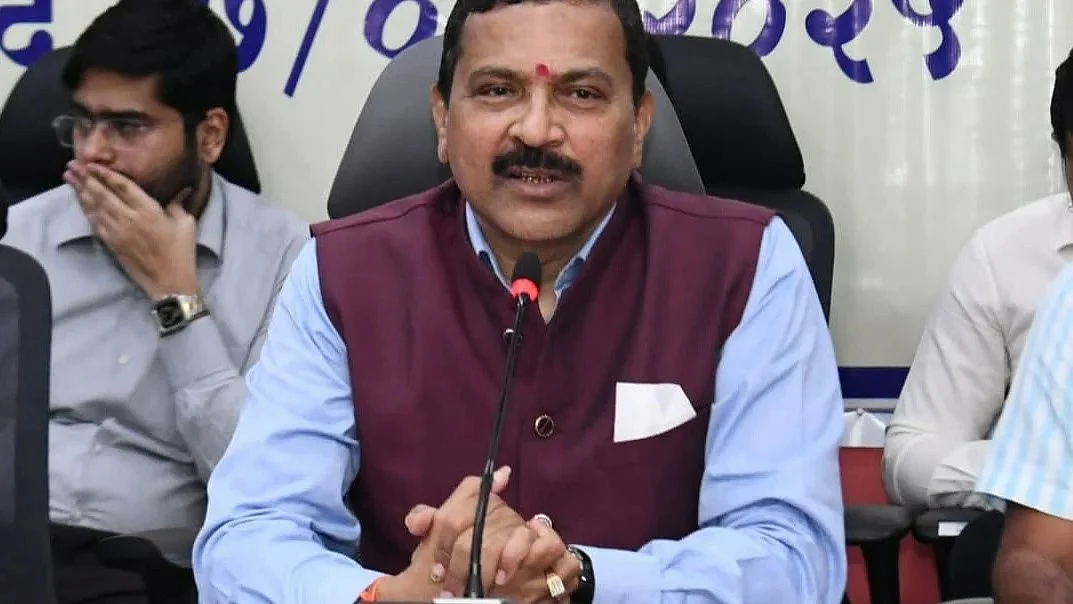The advent of social media gave birth to a new league of VIPs—the social media celebrities. These were ordinary citizens, who however had a great affinity to social media usage. So, naturally, there has become such a thing as a social media influencer.
A person, who creates content on social media, into which they will happily slip a glowing reference to your product in exchange for free stuff or a small fee. This allows you, as a business owner, to create an ad without hiring models or photographers.
It also allows your potential customers to see your product not in the harsh light of some studio but in situ, in the glamorous life of an actual person. Influencer marketing became popular post 2012. Currently, we are in the second phase of influencer marketing.
There has been a steep change in the way brands approach influencers as well. We spoke to Subrata Mukerji, Business Head, Typhoo, who maintains that influencer marketing was prevalent and dominant earlier as well.
“What has changed is the medium and strategy. With changing trends there is a rise in demand for micro-influencers – who have smaller but more highly engaged audiences.
The digital influencer marketing today enables to measure engagement, responses and generate sales. Influencers are emerging as a critical marketing tool that assists in increasing awareness, consideration and eventually drive sales.
We can call it the second phase of influencer marketing as the parameters of evaluating the marketing and advertising success are number driven and measurable. Instagram was the most preferred choice of medium for influencer marketing among Indian companies in 2018 followed by Facebook.
These ordinary citizens with online fan-following built through their quality content. They market a product to focused fan base following and their recommendation has more weightage as perceived as word of mouth from a friend.”Harish Krishnan, Group Head Digital - Blue Ocean IMC says, “The second phase of Influencer Marketing is evolving into using influencers for creating intriguing and engaging stories by brands.
The challenge is to discover the right and quality influencers who are the real storytellers. The content that they create is eventually going to be the soul of the brand talking.
Till now, the metrics of discovery have been focusing more on the numbers and the reach but we (Blue Ocean IMC) are driving the shift to get the focus on the quality of the content.”The second phase also saw the weeding out of social media users who weren't really converting to sales.
Many agencies and brands now look for people with genuine following and also the kind of content these social media influencers are creating. For many the time for having free lunches is over. A social media influencer who wishes to be unnamed says, “Previously we used to get one campaign every month.
Now it is barely one every six months or even less. There were several people who bought fake followers and kind of ruined it for the rest of us with genuine followers.” However, fashion blogger and influencer, Jeremy Cabral has a different opinion.
He says, “Fortunately, I was one of the first male fashion bloggers in India to start my blog in 2008 so it was comparatively easier then to get the attention of brands. Since my forte is power dressing, I have always been approached by premium brands and still continue to work with them.
Brands are looking for ROI and constantly evaluate how lucrative the association was in terms of visibility and sales. I go out of the way to ensure that every brand get the value for the investment they've made in Fashion Most Wanted.
This ensures continuous business from these brands during their marketing cycle. In the beginning brands would expect you to attend and cover their events on pro bono basis.
Today, they are aware that influencers are paid a monetary remuneration to attend events. Over a period of time brands have understood the value of influencers and have started respecting us for our work.
”Take the example of Jane Dsouza (named withhold on request), who got several brands to send her free stuff and that turned her into a full-time celebrity online. However, once the content got repetitive and forced and more and more people joined Instagram and turned influencers, she started getting fewer projects.
From being a full-time influencer and blogger, Jane had to now look for a full time job. But all is not over for the social media influencers. Brands and agencies are still on the hunt for these macro celebrities.
The focus has also shifted to video, as the content too nowadays is mostly video backed. Neil Athayde, Group Account Manager, Chimp & Zinc says,
“The current wave of influencer is more creative and innovative with their work, compared to the last one which majorly focused on just good pictures. With the rise of demand on video - the new wave is more experimental with the formats and the type of content they are creating.
Every influencer has their own personality that defines them and that is what connects with their audience. With honesty, I mean they need to actually try the product out and share actual benefits than just mentioning the pointers the brand has asked them to use as a mandate, it will definitely help connect with their audience better and even gain a strong recall and reply to what they trying to say and lastly it should be more personalised. While we all do love filters when promoting a brand it should not come more forced or sound like a typical advertisement.
Neil adds, “Agencies and brands do realise the importance of choosing the right influencer and one of their key aspect is if they fit their niche. Agencies/ brands prefer when an influencer has a particular niche - as it helps them define the impact they will help create.
If an influencer is into multiple genres it will be very tough for one to decide their strong points, and will definitely be one of the key reason for not opting to them. So my advice would be to find your niche and stick to them, as it will then be easier for brands or agencies to get them on board.”





